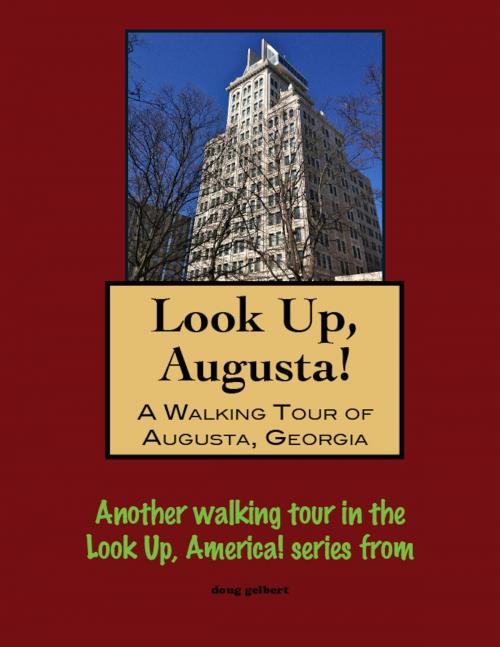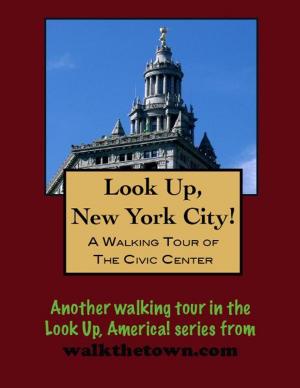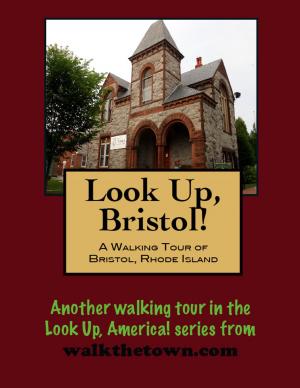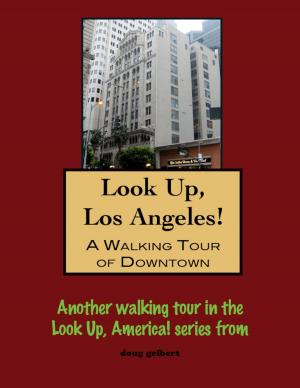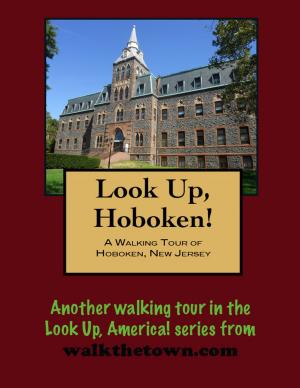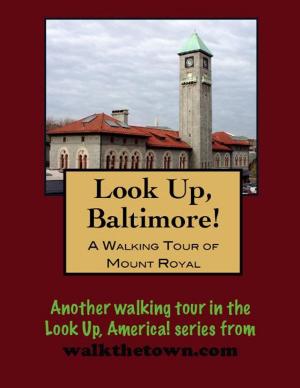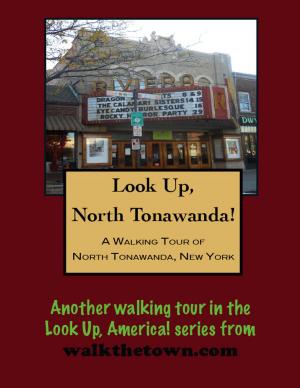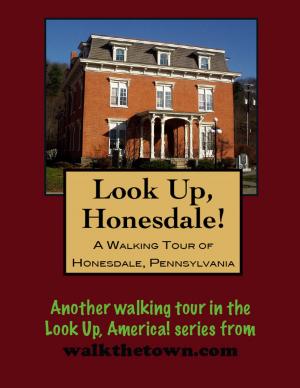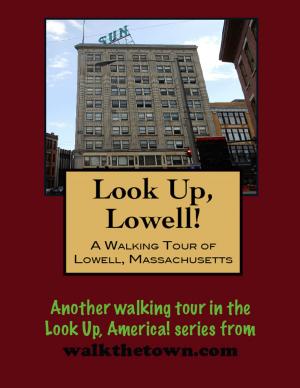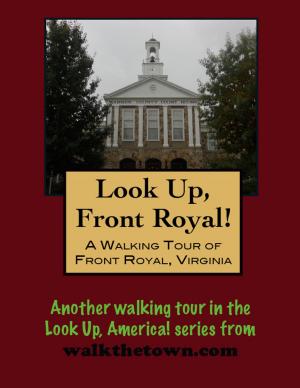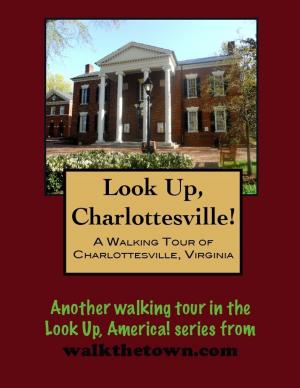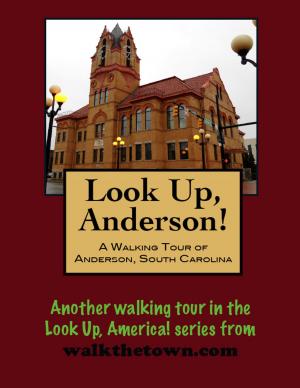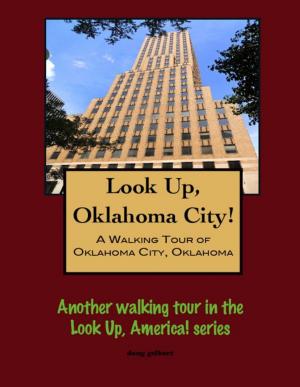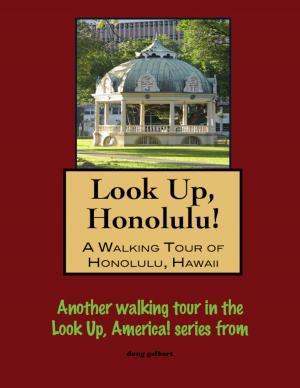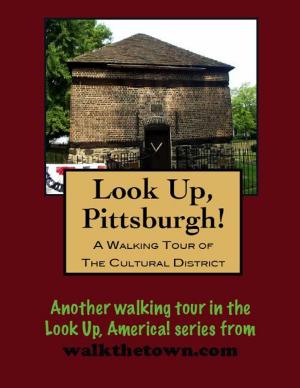| Author: | Doug Gelbert | ISBN: | 9781301871223 |
| Publisher: | Doug Gelbert | Publication: | March 24, 2013 |
| Imprint: | Smashwords Edition | Language: | English |
| Author: | Doug Gelbert |
| ISBN: | 9781301871223 |
| Publisher: | Doug Gelbert |
| Publication: | March 24, 2013 |
| Imprint: | Smashwords Edition |
| Language: | English |
There is no better way to see America than on foot. And there is no better way to appreciate what you are looking at than with a walking tour.
Each walking tour describes historical and architectural landmarks and provides pictures to help out when those pesky street addresses are missing. Every tour also includes a quick primer on identifying architectural styles seen on American streets.
Two years after founding the British colony of Georgia at the mouth of the Savannah River in 1735, James Oglethorpe directed troops to sail upstream and construct a blockhouse at the head of navigation on the river. He named the new settlement to honor Princess Augusta who was married at the time to Frederick, Prince of Wales. By 1739 a road was being hacked out of the 125 miles of wilderness between Savannah and Augusta, insuring its success as an inland trading post.
Fort Augusta flourished in its early days as a trading center for settlers amid peaceful relations with the neighboring Creek, Yuchi and Savano Indian tribes. After the American Revolution, during which time the British briefly held the town, Augusta began to develop its own industries, first in tobacco and then clay-brick making and then, most famously, cotton. By the eve of the Civil War in 1860 Augusta was the second largest town in Georgia with a population of over 12,000.
Blessed with good rail and water transportation and securely tucked inland, Augusta was selected as the site for the Confederate Powderworks, a munitions factory that would be the only permanent structures built by the Confederate States of America government. Almost three million pounds of top-grade gunpowder would be manufactured here to enable the Confederacy to fight for four years. Although a tempting military target, General William Sherman bypassed Augusta on his march from Atlanta to Savannah as his army was not equipped to lay siege to the town. So Augusta was unscathed by the Civil War but the Powder Works were dismantled afterwards, save for its150-foot brick chimney that still stands as a memorial to its service.
Because it had been spared during the Civil War Augusta got a jumpstart on neighboring Southern towns during Reconstruction. By the 1880s Augusta was the second largest inland cotton market in the world. Banks and railroads were headquartered here as well, Georgia Pacific lumber company was founded in Augusta in 1927 and the United States Army established Camp Gordon in Richmond County that helped keep local cash registers humming.
Not that Augusta was free from setbacks. The town was visited regularly by floodwaters from the Savannah River that eventually forced the construction of a levee. It mitigated the flooding but also took the river out of sight and out of service as a commercial asset. Fires were a regular danger culminating in a conflagration on the night of March 22, 1916. No one died in the Great Fire of 1916 but damages were estimated at $10 million, including the loss of 20,000 bales of cotton. Some 600 commercial building and houses were destroyed, leaving 3,000 people without a place to live.
Nearly a century later the Great Fire of 1916 remains the defining element of the downtown Augusta streetscape. Many of its landmarks arose from those ashes and we will see them on our exploration of the town’s main business artery, Broad Street, that is said to be the second widest “main street” in all of America...
There is no better way to see America than on foot. And there is no better way to appreciate what you are looking at than with a walking tour.
Each walking tour describes historical and architectural landmarks and provides pictures to help out when those pesky street addresses are missing. Every tour also includes a quick primer on identifying architectural styles seen on American streets.
Two years after founding the British colony of Georgia at the mouth of the Savannah River in 1735, James Oglethorpe directed troops to sail upstream and construct a blockhouse at the head of navigation on the river. He named the new settlement to honor Princess Augusta who was married at the time to Frederick, Prince of Wales. By 1739 a road was being hacked out of the 125 miles of wilderness between Savannah and Augusta, insuring its success as an inland trading post.
Fort Augusta flourished in its early days as a trading center for settlers amid peaceful relations with the neighboring Creek, Yuchi and Savano Indian tribes. After the American Revolution, during which time the British briefly held the town, Augusta began to develop its own industries, first in tobacco and then clay-brick making and then, most famously, cotton. By the eve of the Civil War in 1860 Augusta was the second largest town in Georgia with a population of over 12,000.
Blessed with good rail and water transportation and securely tucked inland, Augusta was selected as the site for the Confederate Powderworks, a munitions factory that would be the only permanent structures built by the Confederate States of America government. Almost three million pounds of top-grade gunpowder would be manufactured here to enable the Confederacy to fight for four years. Although a tempting military target, General William Sherman bypassed Augusta on his march from Atlanta to Savannah as his army was not equipped to lay siege to the town. So Augusta was unscathed by the Civil War but the Powder Works were dismantled afterwards, save for its150-foot brick chimney that still stands as a memorial to its service.
Because it had been spared during the Civil War Augusta got a jumpstart on neighboring Southern towns during Reconstruction. By the 1880s Augusta was the second largest inland cotton market in the world. Banks and railroads were headquartered here as well, Georgia Pacific lumber company was founded in Augusta in 1927 and the United States Army established Camp Gordon in Richmond County that helped keep local cash registers humming.
Not that Augusta was free from setbacks. The town was visited regularly by floodwaters from the Savannah River that eventually forced the construction of a levee. It mitigated the flooding but also took the river out of sight and out of service as a commercial asset. Fires were a regular danger culminating in a conflagration on the night of March 22, 1916. No one died in the Great Fire of 1916 but damages were estimated at $10 million, including the loss of 20,000 bales of cotton. Some 600 commercial building and houses were destroyed, leaving 3,000 people without a place to live.
Nearly a century later the Great Fire of 1916 remains the defining element of the downtown Augusta streetscape. Many of its landmarks arose from those ashes and we will see them on our exploration of the town’s main business artery, Broad Street, that is said to be the second widest “main street” in all of America...
